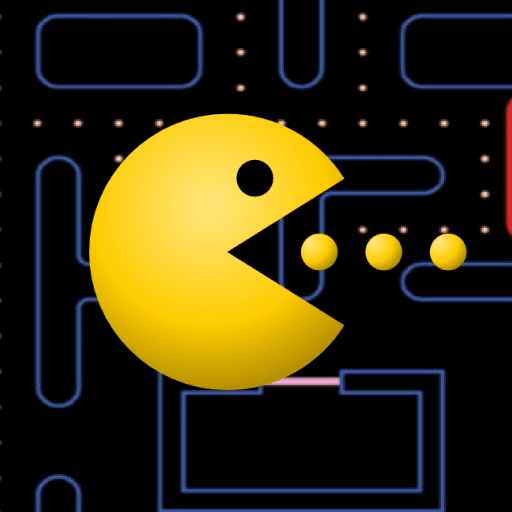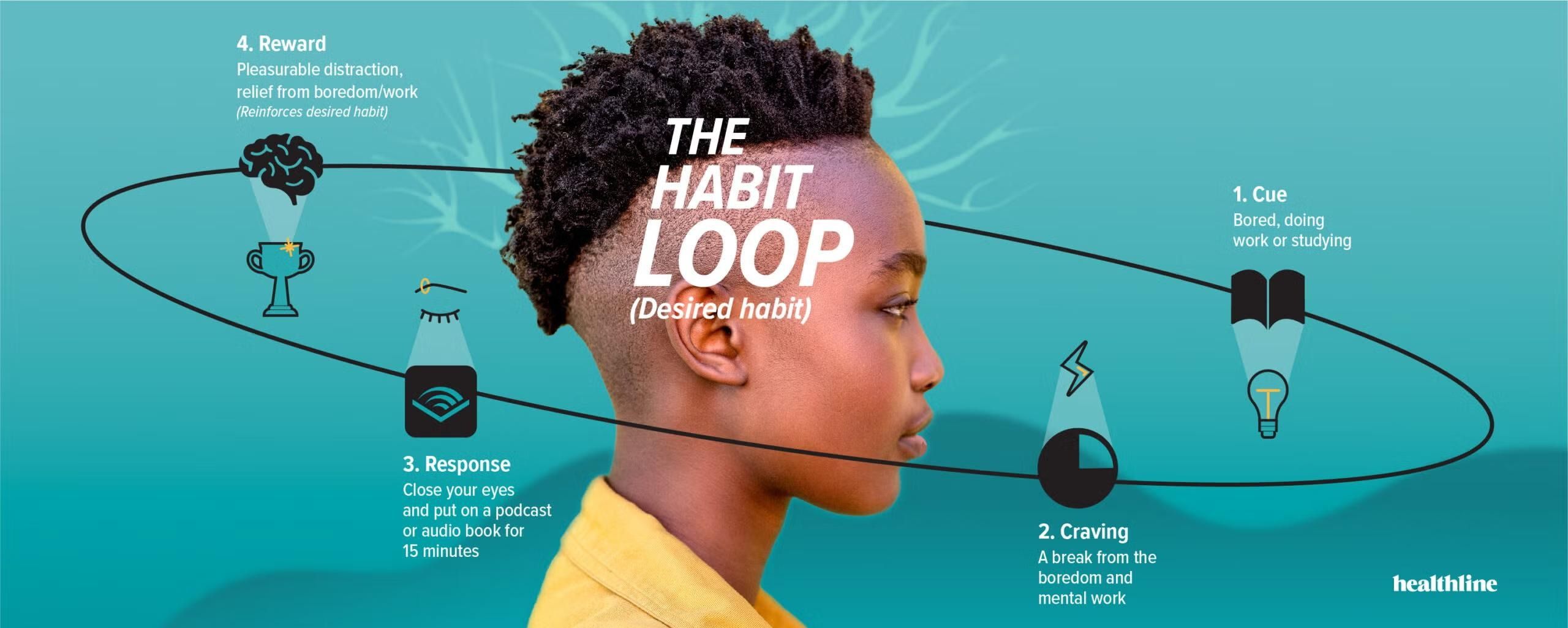

Breaking habits can be challenging, but understanding the psychology behind it can help us succeed. Let’s learn more about this topic below with Pacman as we explore the science of habit formation and breaking.
Habits are an integral part of our daily lives, shaping our behaviors and routines without much conscious thought. Understanding how habits form is crucial to breaking them effectively. The process of habit formation involves three key components: the cue, the routine, and the reward. This habit loop, as described by Charles Duhigg in his book “The Power of Habit,” explains why habits are so ingrained in our behavior.
The cue is the trigger that initiates the habit. It can be a time of day, a specific location, an emotional state, or even the presence of certain people. For instance, seeing a Pacman arcade machine might trigger the habit of playing video games for some individuals. The routine is the behavior itself, such as playing Pacman for hours. Finally, the reward is the positive reinforcement that follows the behavior, which could be the satisfaction of beating a high score or the rush of dopamine from completing a level.
Neuroscience research has shown that habits are formed through a process called neuroplasticity. As we repeat a behavior in response to a specific cue, neural pathways in our brain strengthen, making the habit more automatic over time. This is why breaking habits can be challenging – our brains have literally been rewired to perform these actions without conscious effort.
The time it takes to break a habit can vary significantly from person to person and depends on several factors. Understanding these factors can help set realistic expectations and develop effective strategies for habit change.
One of the primary factors influencing how long it takes to break a habit is how deeply ingrained it is. Habits that have been practiced for years or decades are generally more challenging to break than those formed more recently. This is because long-standing habits have created stronger neural pathways in the brain. For example, someone who has been playing Pacman daily for years may find it more difficult to stop than someone who only recently started the habit.
The level of motivation and commitment to breaking a habit plays a crucial role in the process. Those who are deeply motivated to change their behavior and have a clear understanding of why they want to break the habit are more likely to succeed and do so more quickly. This motivation could stem from health concerns, personal goals, or a desire for self-improvement.
The environment in which a person lives and works can significantly impact their ability to break habits. If the cues that trigger the habit are constantly present, it can be more challenging to break free from the behavior. For instance, someone trying to quit playing Pacman might find it more difficult if they live near an arcade or have easy access to the game on their devices.
Research has shown that replacing an unwanted habit with a new, positive behavior can accelerate the habit-breaking process. This technique, known as habit substitution, helps rewire the brain by creating new neural pathways associated with the cue. Instead of playing Pacman when stressed, one might choose to go for a walk or practice meditation.
There’s a popular belief that it takes 21 days to form or break a habit. This idea originated from Dr. Maxwell Maltz’s observations in the 1960s, where he noticed that amputees took about 21 days to adjust to the loss of a limb. However, modern research has shown that the reality of habit formation and breaking is far more complex.
A study published in the European Journal of Social Psychology by Phillippa Lally and her colleagues found that, on average, it takes 66 days for a new habit to become automatic. However, this number varied widely among participants, ranging from 18 to 254 days. This research highlights the importance of understanding that habit breaking is a highly individual process and that the time required can differ significantly from person to person.
The study also revealed that missing a day or two in the habit-breaking process didn’t significantly impact the overall outcome. This finding is particularly encouraging for those who may slip up occasionally while trying to break a habit. It suggests that consistency over time is more important than perfection in the short term.
While the 21-day timeframe may be unrealistic for many habits, it can still serve as a useful benchmark for initiating change. Setting a 21-day goal can help kickstart the habit-breaking process and provide a sense of accomplishment, even if the habit isn’t fully broken by the end of this period.
Breaking habits effectively requires a multifaceted approach that addresses the psychological, emotional, and environmental factors involved. Here are some evidence-based strategies that can help in the process of breaking unwanted habits:
The first step in breaking a habit is to identify and understand its components. This involves recognizing the cue that triggers the habit, the routine or behavior itself, and the reward that reinforces it. For example, if the habit is playing Pacman excessively, the cue might be feeling stressed, the routine is playing the game, and the reward could be temporary stress relief or a sense of accomplishment.
Once the habit loop is identified, it becomes easier to develop strategies to interrupt it. This might involve avoiding or altering the cue, changing the routine, or finding alternative ways to achieve the reward. Understanding the habit loop also helps in recognizing the underlying needs or emotions that the habit is satisfying, which is crucial for developing effective replacement behaviors.
Setting clear, specific, and achievable goals is essential for successful habit breaking. These goals should be SMART: Specific, Measurable, Achievable, Relevant, and Time-bound. Instead of a vague goal like “play less Pacman,” a SMART goal might be “Reduce Pacman playing time to 30 minutes per day for the next month.”
Breaking down larger goals into smaller, manageable steps can make the process less overwhelming and more achievable. Celebrating small victories along the way can provide motivation and reinforce the commitment to change.
As mentioned earlier, replacing an unwanted habit with a positive alternative can be highly effective. The key is to choose a replacement behavior that addresses the same need or provides a similar reward as the original habit. If Pacman was a stress-relief mechanism, alternative stress-management techniques like deep breathing exercises, mindfulness meditation, or physical exercise could be suitable replacements.
It’s important to experiment with different replacement behaviors to find what works best. What’s effective for one person may not work for another, so patience and persistence are crucial in this process.
Changing the environment to remove or reduce exposure to habit cues can significantly aid in breaking unwanted habits. This might involve removing Pacman-related items from visible areas, uninstalling game apps from devices, or avoiding places associated with the habit.
Creating a supportive environment also involves surrounding oneself with people who encourage and support the desired change. This social support can provide accountability and motivation during challenging times in the habit-breaking process.
Developing mindfulness and self-awareness can be powerful tools in breaking habits. Mindfulness involves being present and aware of one’s thoughts, feelings, and actions without judgment. This awareness can help in recognizing the urge to engage in the habitual behavior before it occurs, providing an opportunity to make a conscious choice to act differently.
Techniques such as meditation, journaling, or regular self-reflection can enhance mindfulness and self-awareness. These practices can also help in managing stress and emotions, which are often underlying factors in many habitual behaviors.
Tracking progress can be a powerful motivator in the habit-breaking process. Numerous apps and tools are available for habit tracking, allowing individuals to monitor their behavior, set reminders, and visualize their progress over time.